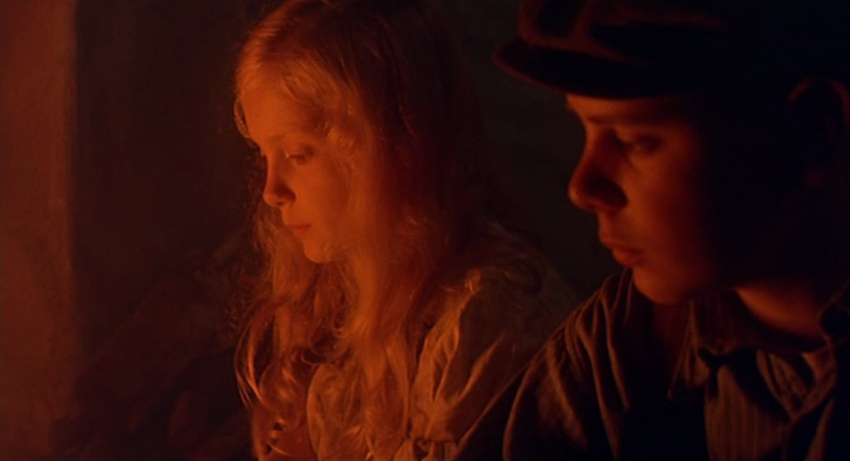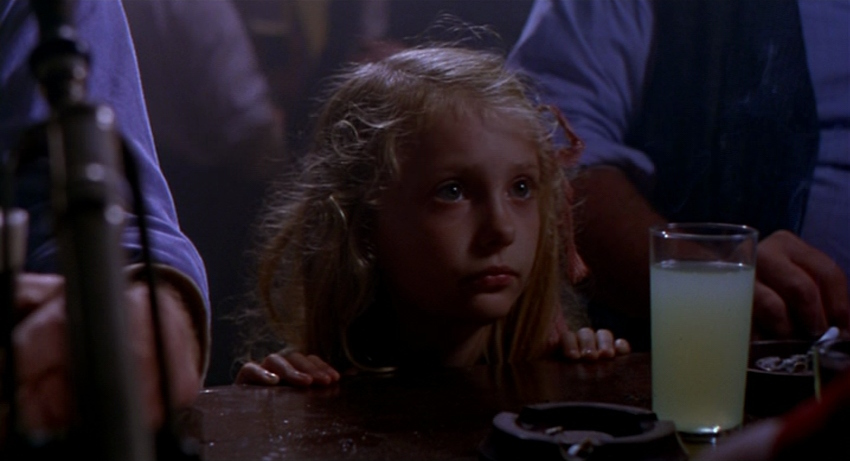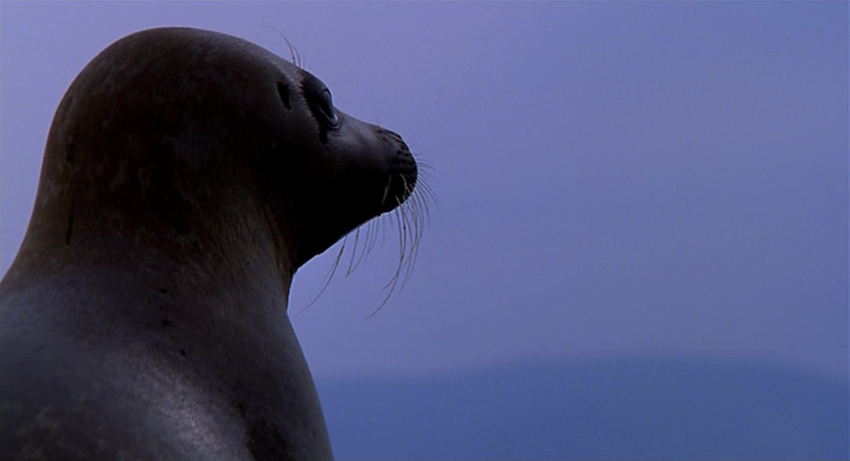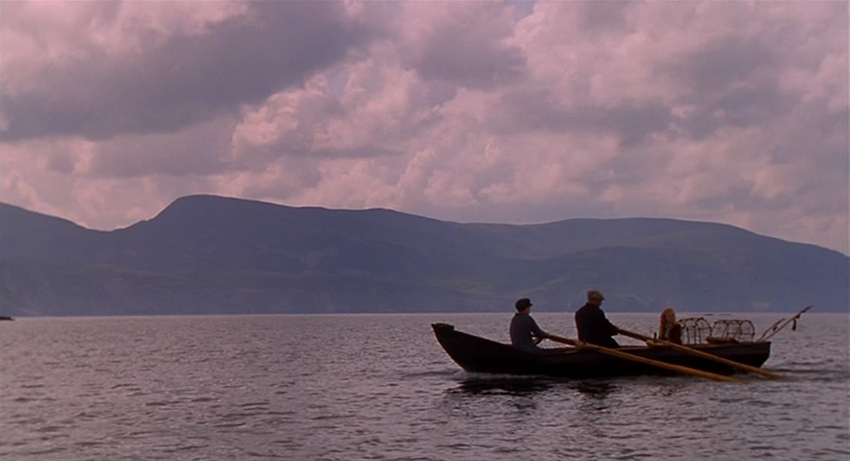 The Secret of Roan Inish (1993) (IMdB)
The Secret of Roan Inish (1993) (IMdB)
Director: John Sayles
Writers: John Sayles (screenplay) and Rosalie Fry (book)
Starring: Jeni Courtney, Mick Lally, Eileen Colgan, Richard Sheridan, John Lynch
Music by: Mason Daring
Length: 89 minutes
Rating (US): PG
Spoiler-free Synopsis: Young Fiona lives with her grandparents in a small fishing village on the Irish west coast and begins unraveling family mysteries while searching for her lost baby brother.
Reason for Watching: Selkie movie. Perfect movie.
Movie Re-watchability: Eminently, for me. It’s been a favorite film for many years and has never failed to inspire or move me.
Director Re-watchability: I haven’t seen Sayles’ other films, but have heard that each one is completely different. That speaks to a tremendous range in his abilities as a storyteller, but also makes it hard to determine whether I’d like his other ones. His style in this film, however, is one that suits me perfectly.
Recommendation: YES.
Key Thoughts
“They say the East is our future and the West is our past. The island is to the West of us, Hugh.”
~ Grandmother
First the movie shows us a blue island trying to hide in the fog. We watch quietly as a ferry approaches it, bringing a young girl to her mother’s funeral. We are at wave-level, and the girl looks down at us, seems to see us. Then the camera dives beneath the dark sea, as if we ourselves are the selkie, half human and half seal, who watches humans from afar with a mix of curiosity, longing, and fear.

After the funeral, Fiona Coneelly leaves the city, where her widower father is too drunk with misery to look after her, to live with her grandparents in the country. She immediately begins asking for stories—true stories, about her family. A couple of years before, her baby brother Jamie was lost at sea in his cradle-boat and presumed dead. Fiona asks about him, and from the tales she hears she begins to hope what her family won’t dare to: that Jamie is alive and might be found. The old island of Roan Inish, where the family lived before Jamie’s devastating loss, lies offshore. On a clear day, with her Coneelly eyes, Fiona can just see it, a fact which delights Grandfather Hugh.

It’s Grandfather who tells the first of the family tales to Fiona, his voice rolling in a simple, resonant rhythm. Grandmother adds a story of her own later on, and a vital, heart-wrenching one is told by cousin Tadhg, a mysterious “dark one” of the extended family. But it’s Grandfather’s comforting story-rhythm which has always stayed with me the most, causing me to try to emulate it when I can. You can hear the pride in his voice when he tells of how his son finally found a wife:
“From that day our Jim had the name of a steady husband and a hard worker, as fine as any as ever broke bread.”

It’s inspiring to watch the children in this movie. The grandparents treat Fiona and her teenage cousin Eamon with respect, and the children in return are respectful, resourceful, and creative. Fiona is allowed to accompany Grandfather and Eamon on their fishing, despite the dangers of the sea. At one point she convinces Eamon to help her clean and repair the old houses on Roan Inish, in the hopes of impressing the grandparents to move back. And they actually work at it, cutting peat for the hearth, sweeping the floors, painting the walls, repairing the thatching. He tells her some stories and listens to hers. He understands when she just needs some time alone. He doubts her theories about Jamie, but helps her anyway, even standing up for her when others become frustrated with her. Eamon’s as fine a cousin and friend as you’re likely to find, in real life or the movies, is what I’m saying.

The whole film is built on a wavelike rhythm. The photography by Haskell Wexler steadies us when we need to focus and carries us gently when it’s time to move on. Mason Daring’s music knows when to let us think to ourselves quietly and when to emphasize the story’s beauty. It is, as The New York Times’ Stephen Holden called it, “a cinematic tone poem.” Precisely chosen scenes create an experience that is more than the sum of its parts.

The mixing of realism and mysticism is beguiling. John Sayles roots it convincingly in the daily lives and work of the small, mid-century Irish fishing village. Characters converse while boiling tar to waterproof their boats, while repairing nets and thatched roofs, while gutting fish or rowing between islands and the mainland. Not all the villagers believe tales of the mystical selkie, but they take them seriously just the same.

The Secret of Roan Inish is both magical and comfortably down-to-earth in all its elements. It casts a spell that seeps into you like the wetness of the ocean fog. Full as it is of Irish fairy tales, of tempestuous weather and even more tempestuous memories, of the strangeness of the sea and the anguish of loss, it is wrapped in a strong moral blanket of familial love. That love is its center, and is why every time I return to the island with the Coneellies, it feels like coming home.



Image Credits
– DVD cover from IMdB (https://www.imdb.com/title/tt0111112/mediaviewer/rm4014251008)
– All other screencaptures from FilmGrab (https://film-grab.com/2015/03/22/the-secret-of-roan-inish/
